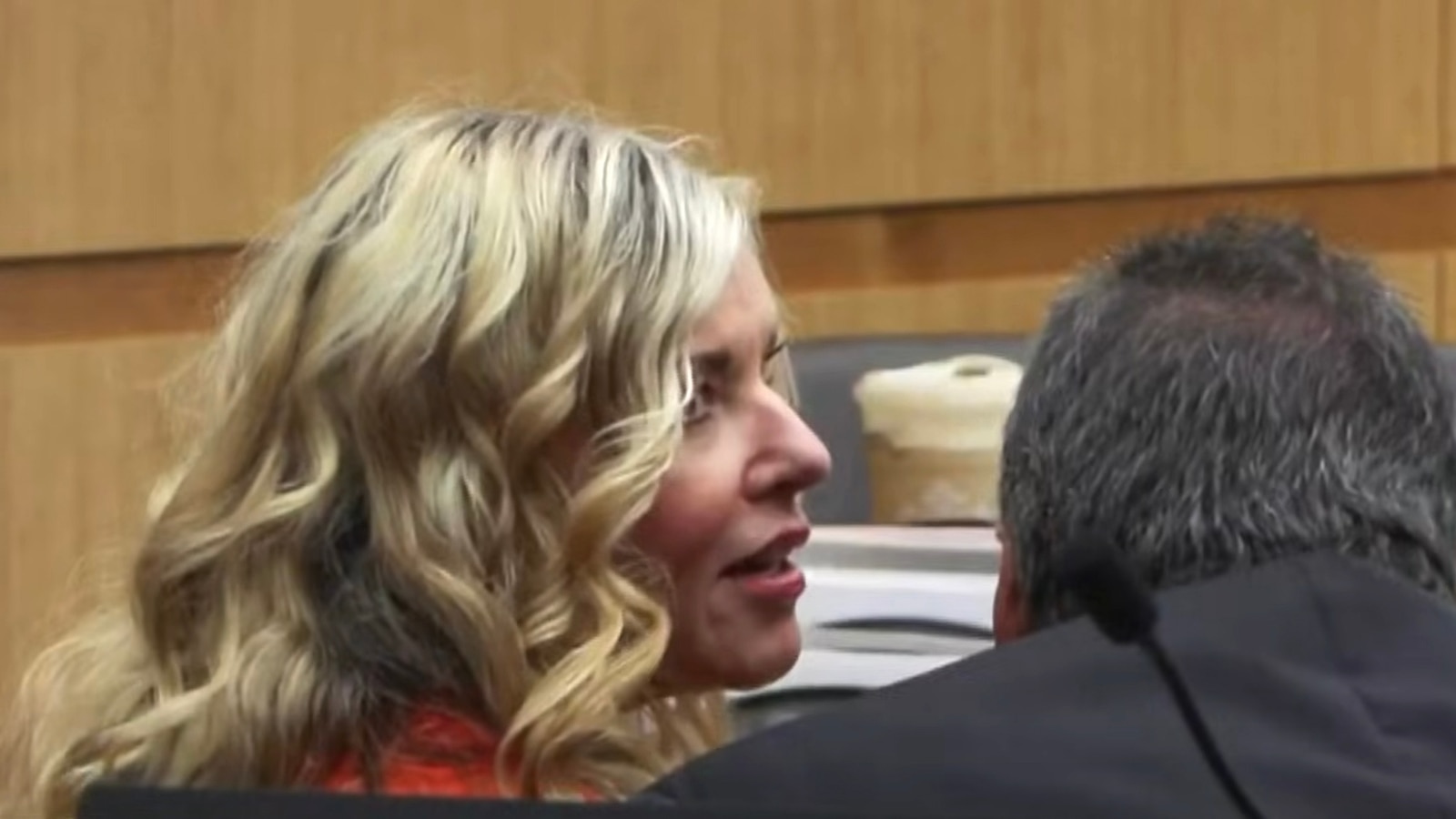What Happened
The 2025 Virginia gubernatorial election is shaping up to be a significant political contest, featuring former U.S. Representative Abigail Spanberger, a Democrat, and current Lieutenant Governor Winsome Earle-Sears, a Republican. Both candidates have been actively campaigning for months, setting the stage for a historic election where one will become Virginia’s first female governor. The election is particularly noteworthy as it occurs in an off-year, often seen as a bellwether for national political sentiments, especially in relation to the performance of the sitting president.
As of June 2025, Spanberger has established herself as a frontrunner, significantly outpacing Earle-Sears in fundraising, with $14.3 million compared to Earle-Sears’ under $3 million. The political landscape in Virginia is influenced by the state’s substantial population of federal workers, who have been adversely affected by recent government spending cuts. Spanberger’s campaign has focused on economic issues, reproductive rights, and a critique of former President Donald Trump’s policies, which resonate with many voters in the state.
Key Details
- Candidates: Abigail Spanberger (Democrat) and Winsome Earle-Sears (Republican).
- Fundraising: As of June 5, 2025, Spanberger had $14.3 million in campaign funds, while Earle-Sears had less than $3 million.
- Polling: Early polling indicates Spanberger has a favorable rating of 41%, while Earle-Sears has a 32% favorable rating.
- Key Issues: Spanberger emphasizes economic affordability, reproductive rights, and opposition to Trump’s government cuts. Earle-Sears focuses on continuing the policies of outgoing Republican Governor Glenn Youngkin, including economic growth and parental rights in education.
- Historical Context: Virginia has a history of electing governors from the party not in the White House, with 11 of the last 12 races following this trend.
Multiple Perspectives
The race has drawn contrasting views from both parties. Democrats, rallying around Spanberger, see her as a candidate capable of capitalizing on anti-Trump sentiment and addressing economic concerns that resonate with voters. Stephen Farnsworth, a political science professor, noted that the current political climate has energized Democratic voters, making national issues particularly relevant in local elections.
On the Republican side, Earle-Sears has been criticized for her campaign’s lack of a clear message and discipline. Some party operatives express concern that her campaign has not effectively communicated its goals, potentially allowing Spanberger to maintain a lead. However, there are still voices within the GOP who argue that it is too early to write off Earle-Sears, citing the potential for a comeback similar to Youngkin’s previous election.
Context & Background
Virginia’s gubernatorial elections are held in odd-numbered years and often serve as a barometer for national political trends. The state has a significant number of federal employees, making it particularly sensitive to federal policy changes. Spanberger’s background as a former CIA officer and her moderate stance are seen as assets in a state that has shifted politically in recent years. Earle-Sears, as a Marine veteran and the first Black woman in statewide office, represents a different narrative, emphasizing her personal story and achievements.
The political dynamics in Virginia are further complicated by the broader national context, including the ongoing debates over abortion rights and government spending. Spanberger’s campaign has been bolstered by endorsements from various groups focused on reproductive rights, while Earle-Sears has aligned herself with the more conservative elements of the Republican Party.
What We Don’t Know Yet
As the election approaches, several uncertainties remain. The formal general election cycle is just beginning, and voter sentiment may shift in response to campaign developments or national events. Additionally, while early polling suggests a lead for Spanberger, the effectiveness of campaign strategies and voter turnout will ultimately determine the outcome. The potential impact of external factors, such as economic conditions or federal policy changes, also remains to be seen.
Furthermore, the dynamics of the lieutenant governor and attorney general races, which are also significant in this election cycle, could influence voter turnout and preferences in the gubernatorial race. The crowded Democratic primary for lieutenant governor and the contest for attorney general could lead to shifts in voter engagement and party alignment as the election date approaches.


